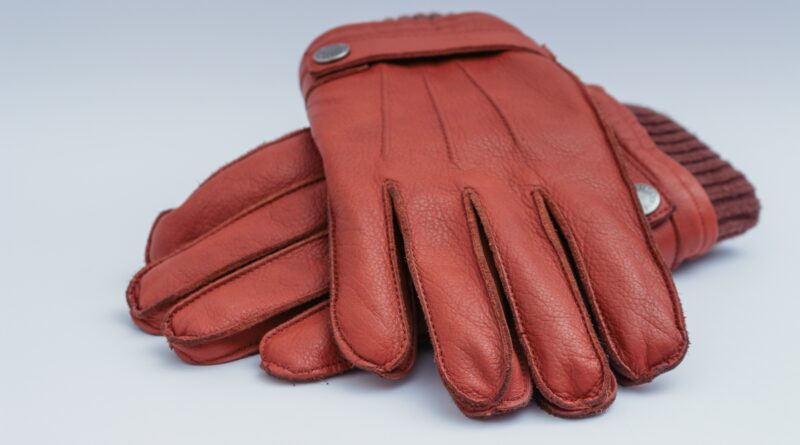New VR Gloves to Make Touching in the Metaverse More Realistic
Scientists believe HaptGlove will bring another dimension of immersion to the metaverse experience.
Recently, reports emerged on a new metaverse invention that could transform the virtual experience for everyone. A team of researchers from the National University of Singapore made a breakthrough by building a device that promises to change the virtual reality game by allowing users to feel a sense of touch when they use their hands in the metaverse.
Meet HaptGlove
The innovation, HaptGlove, is a haptic glove that, when worn on the hand, can allow users to feel sensations in the Metaverse as they would in the real world when interacting with virtual objects. The glove is untethered and has a lightweight build, making it easy to handle and less exhausting to use.
The concept is nothing new. However, haptic gloves currently in circulation are miles away from giving users a sense of touch when they handle objects in a virtual environment. Most existing designs use vibration motors and pneumatic actuators, which cannot replicate the sense of touch as it feels in the real world and are too bulky.
How It Works
To deliver a sensation of touch through avatars in an immersive virtual environment, HaptGlove utilizes microfluidic sensing and pneumatic control technologies. The result is a lightweight device that pairs with non-bulky accessories, making the glove easy to handle and less demanding. With HaptGlove, users can participate in several virtual activities and enjoy a wholesome experience.
The glove features five pairs of modules that provide haptic feedback for all ten fingers of the hands. Through a wireless connection, the modules are programmed to make out virtual objects, evaluating their size, shape, and texture. With HaptGlove, a user can sense that contact has been made when their avatar touches a virtual object through the microfluidic sensing that transmits pressure to the fingers in real-time.
For more realistic interactions, the glove will also adapt to the softness or hardness of the object by limiting the position of each finger. The glove weighs a meager 250g, over two hundred grams less than its competitors.

Justifying the Invention
The NUS research team leader, Professor Lim Chwee Teck, who also doubled as the Director for the Institute for Health Innovation & Technology, said the lack of a physical touch experience in the Metaverse makes the entire interaction unsatisfactory. Virtual reality has been limited to auditory and visual interactions, with touch limited to virtual panels, which do not feel like anything close to real-world feeling.
According to Professor Lim, he decided to work on a haptic glove that could fill this physical touch loophole with his team to help make the virtual experience more satisfying. Work commenced on HaptGlove in 2019, and the team was able to come up with a prototype in 2021. Over twenty participants were involved in testing the device, with 90% accuracy recorded.
HaptGlove’s Place in the Metaverse and its Future
This new invention has great potential and will be especially handy in metaverse gaming. Along with gaming applications, HaptGlove will also be vital to virtual medical and educational applications. The NUS team hopes to commercialize the product and has already filed a patent for the invention, which fetched them the IES Prestigious Engineering Achievement Awards in 2022.

